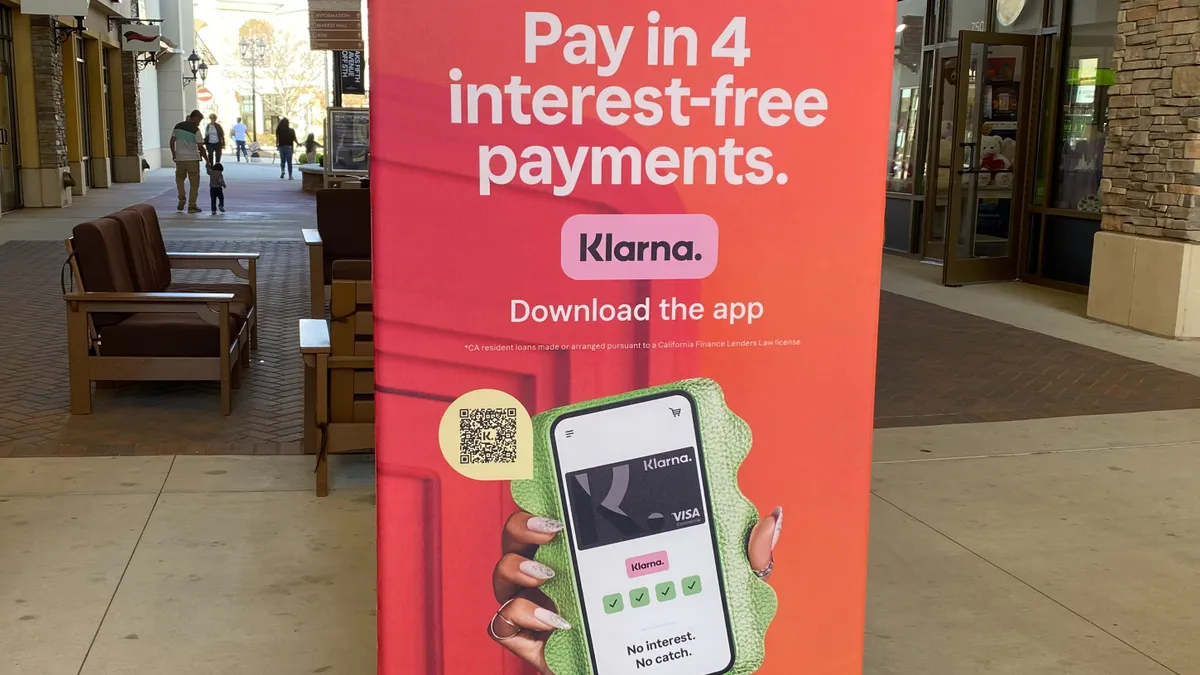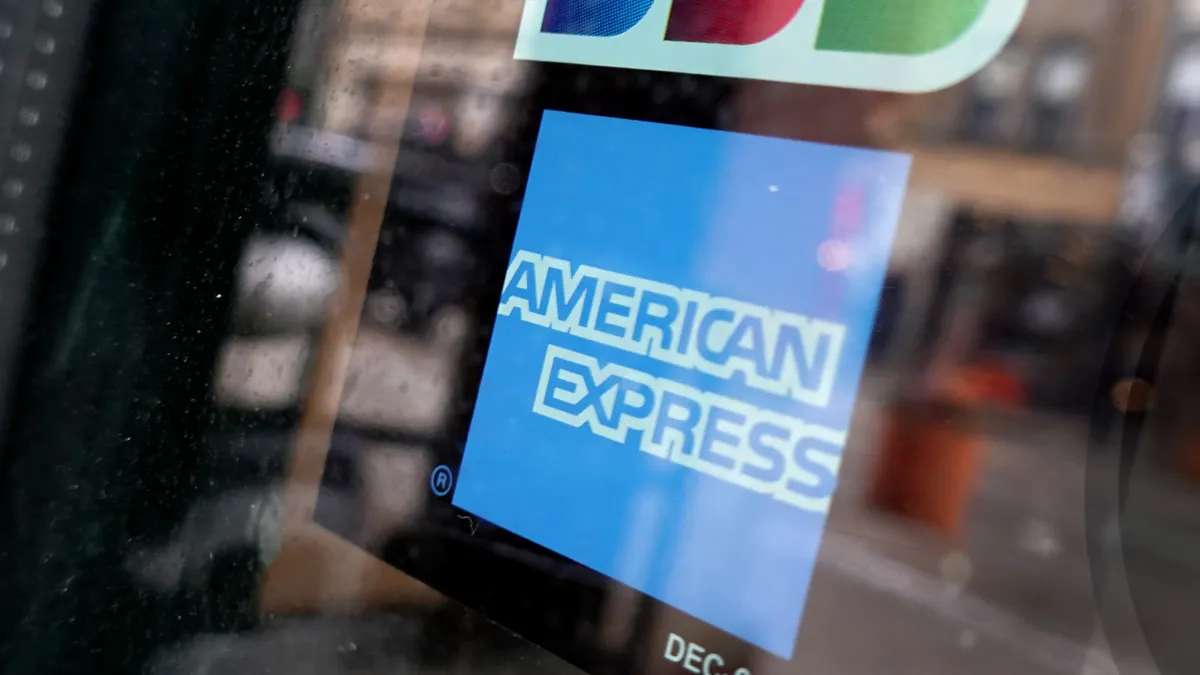Commercial digital transactions, across the globe, don’t foster many in-person relationships. They can, however, spur fraud attempts as bad actors impersonate legitimate businesses and wreak havoc among global companies’ invoices and receivables.
TreviPay, a business-to-business payments firm based in Overland Park, Kansas, offers companies — typically those with $100 million or more in yearly sales — software solutions to onboard new customers, and prepare and submit invoices. The company also battles fraud for customers, TreviPay CEO Brandon Spear said in an interview.
TreviPay focuses on extending trade credits to buyers, typically in the form of extended payment terms that TreviPay’s seller customers may not wish to fund themselves. TreviPay operates in 32 countries and industries that include manufacturing, retail, lodging and transportation.
Spear spoke with Payments Dive on June 16. This conversation has been edited for clarity and brevity.
PAYMENTS DIVE: Please give us some detail about TreviPay’s business.

BRANDON SPEAR: What we’re all about is helping sellers offer trade credits or payment terms to their business customers. And the reason that’s a complicated undertaking is that, firstly, when you offer trade credit, there’s a lot of business processes that are not necessarily well-accommodated inside your ERP (enterprise resource planning) software or inside your accounting software. So a lot of this is done manually today and done outside of those types of systems. Secondly, as we’ve seen more of a demand for global commerce, as we’ve seen the rise of things like AI, there's been a significant rise in attempted fraud. As you acquire customers online and you don’t necessarily know who they are, there’s a lot more risk these days and trying to confirm that a business is who they say they are.
What are typical trade credits companies offer their customers?
Trade credit is really one of the loyalty tools that a seller has with their buyer base. You buy something from me, and I give you 30 days to pay, or 60 days to pay, or 45 days. It’s essentially purchasing on credit. The reason this is interesting is that it’s one of the most powerful tools that a seller has to try to get their customers to spend more money with them. Obviously, you have to have a good product and a good service, and do all those sort of foundational things. But at the end of the day, one of the ways to compete with your competition is to offer trade credit terms to your buyer base. And if you do that, then hopefully they will spend more money with you. So, it’s kind of the original loyalty program, if you will, for businesses.
What’s the value proposition of your platform, given an endless number of lenders and others that could extend credit?
This whole business process is called an order-to-cash business process. And if you look at where players like banks typically play today, they only play in one very narrow portion of it, which is, do you want to get paid early? They offer funding where they if you're a merchant and you want to offer 30-day terms, but you don't have the working capital, you can go to a bank and they can essentially advance you money against your invoices, but you still have to do all of the hard work that's required to onboard a new customer, construct the correct invoice, deliver it to them, deal with disputes, and then do the application of cash at the end of the business cycle. You still have to do all of that work yourself. A big part of our value proposition is simplifying their business, allowing them to focus on what they do and take costs out. Another big part of the value proposition is increasing the share of wallet with their customer. What we’ve found is that if you do these integrations with your buyers, if you present the invoices in a manner that they want to receive them, then those customers ultimately spend more money with you because you’re easier to do business with than your competition.
What gives you headaches in your business or keeps you awake at night?
What probably scares us the most is … that there’s quite a lot of business identity theft. Nobody really writes about it. And what has held back the bad actors for a very long time is, how do they scale that activity? And I think AI is going to be transformational for fraud. It is going to allow the number of fraud scams and the sophistication of the fraud scams to just leapfrog the capabilities that many people have. And so there is going to be an AI arms race on the fraud front. And we’re watching that really carefully. And I think the dilemma here is, unless we can figure out good answers to this, it runs the risk of basically freezing new client acquisition through e-commerce channels. When you physically meet somebody and you do business with them in person, it’s really hard for a fraudster to scale that. They can’t do that. But you can set up bots that can pretend to be people and be answering emails and filling in forms. If we don’t get this right, the e-commerce channel for new client acquisition is going to get frozen, because there's going to be so much fraud. So we’re watching that really closely. It’s definitely one of the things that keeps us awake at night.
What about AI’s ability to combat fraud? Is that not a symmetrical AI arms race?
It hopefully will be. I’ll give you an example: The fraudsters today will go and create a fake website that’s one or two layers deep. And if you run a scan against it, you can see that the first layer, the first two sets of links within the website look reasonable, but then below that it’s quite junk. You can imagine, with an AI bot, you can maybe make that 10 or 15 layers deep, and it looks reasonable. So, I think there’s going to be an arms race. Hopefully, it will be symmetrical. But where it will be asymmetrical is for merchants. If you think about the average merchant, we deal with somebody that’s, say, a $500 million a year business. How much are you thinking about this? How much are you thinking about the potential for fraud and fraud escalation from AI for business customers that you might get down the road through an e-commerce channel? There’s not a lot of mind share that’s going into that yet, and so I think that’s where the asymmetry is likely to come from.
How has disruption from the Trump trade war affected your business?
We have seen a lot of unusual behavior is probably the best way to say it, where people have been stocking up on some of the parts before the price increases occur. And so we’ve seen some seasonality that I would describe as atypical. For us, big seasonal months actually happen towards the end of the summer. In the (trucking) space, people take a lot of their fleets and maintain them in the summer in anticipation of the run-up to Thanksgiving and to Christmas. They don’t want the trucks being serviced during those months because they’re super busy. We’ve seen some weird seasonality with some of what would probably happen in August, we think has actually happened in May because they brought these things forward.






















